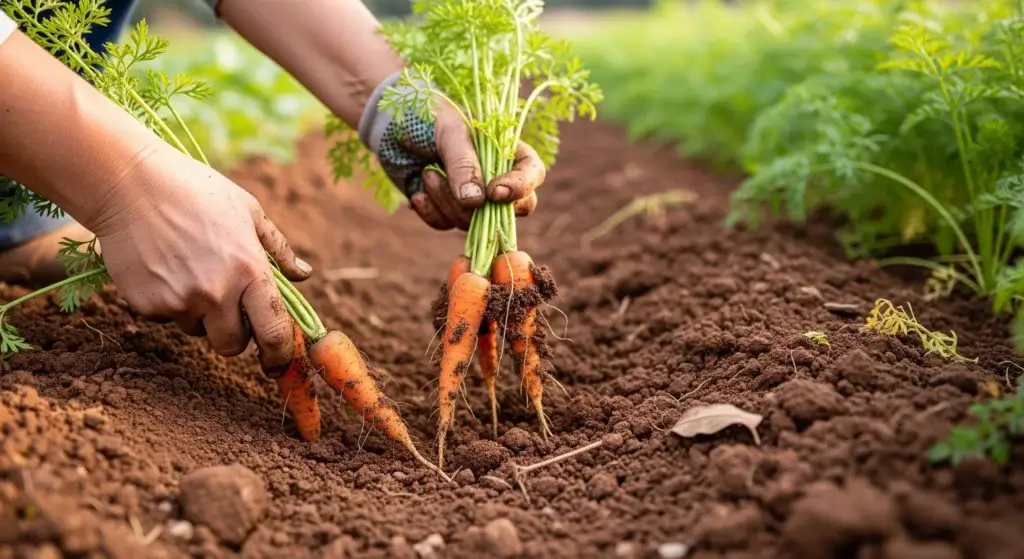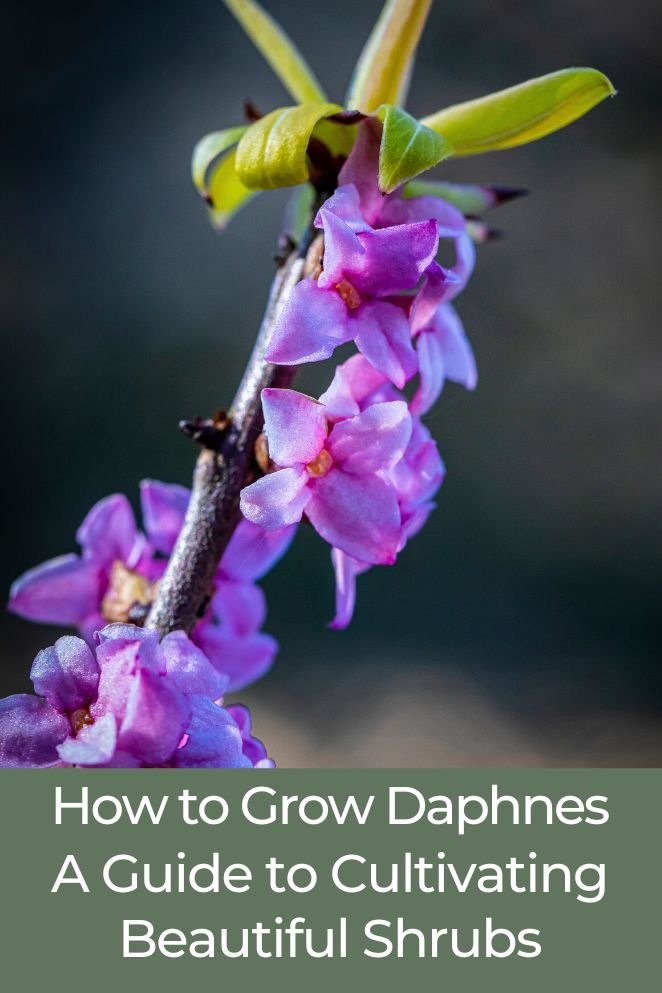
With their delightful fragrance and attractive foliage, daphnes make wonderful garden plants.
But growing daphnes isn’t without its challenges. In this blog post, we’ll discuss the unique characteristics of different daphne varieties, share tips for successful planting and maintenance, and explain how to tackle common pest and disease issues.
Let’s dive in!
Challenges and Rewards of Growing Daphnes
Challenges
- Finicky: Daphnes have specific needs regarding soil drainage, moisture, sunlight, and pH. Deviating from these can easily lead to issues like wilting, leaf drop, or lack of blooms.
- Slow growth: Be prepared for patience! Daphnes tend to grow slowly, so instant gratification is not usually the reward.
- Root sensitivity: Transplanting can be stressful for Daphnes due to their sensitive root systems, so choose your planting location carefully.
- Pest and disease susceptibility: They can be susceptible to specific pests like slugs and snails, and fungal diseases like Botrytis.
- Poisonous: All parts of the Daphne plant are poisonous to humans and pets, so handle with care and keep away from children and animals.
Rewards
- Exquisite beauty and fragrance: Their delicate blooms and intoxicating scent make them truly special additions to any garden.
- Variety: From evergreen shrubs to deciduous specimens, various Daphne varieties offer diverse textures, colors, and bloom times.
- Low maintenance: Once established, they require minimal pruning and fertilizer, making them relatively low maintenance compared to other flowering shrubs.
- Conversation starter: Their unique beauty and challenging nature often spark curiosity and admiration from fellow gardeners.
- Sense of accomplishment: Successfully mastering their specific needs and witnessing their flourishing brings a sense of accomplishment and satisfaction.
Growing Daphnes can be a rewarding experience for gardeners who appreciate their unique beauty and are willing to invest time and effort in providing their specific needs.
The challenges can be overcome with research, careful planning, and attentive care, leading to years of enjoyment from these exquisite plants.
- Read also: Step By Step on How to Grow Blackcurrants
- Read also: A Guide to Growing Dipladenia Plants
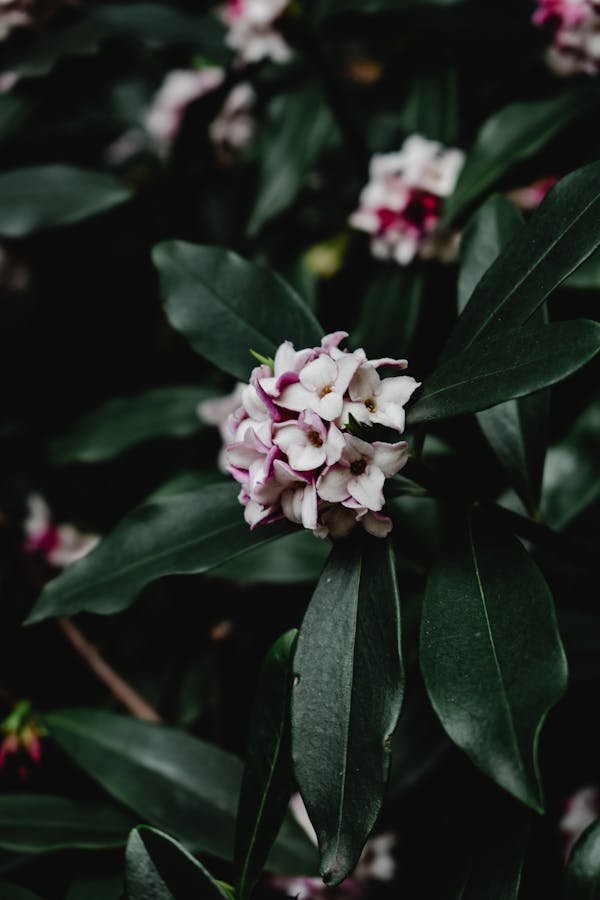
Planting and Care
Planting tips
- Best time: Plant daphnes in spring when temperatures begin to rise. Avoid planting in the summer heat.
- Proper depth: Dig holes twice as deep and three times as wide as the root ball. Place the roots gently in the hole, then fill them back with soil.
- Watering techniques: Water newly planted daphnes deeply once a week until established. After establishment, water sparingly to avoid overwatering.
Mulching
Mulching plays a crucial role in maintaining the health of daphne plants.
By applying a thin layer of organic material around the base of the plant, gardeners can enjoy several benefits.
Firstly, mulching helps retain moisture in the soil, ensuring that daphnes have access to adequate hydration, especially during dry periods.
Feeding
When it comes to feeding daphnes, it’s essential to exercise caution and opt for minimal fertilization.
Overfertilizing can have detrimental effects, such as burning the delicate roots of daphne plants.
Instead, gardeners should choose slow-release, low-nitrogen fertilizers and apply them lightly once a year.
This approach ensures that daphnes receive the necessary nutrients for healthy growth without risking damage to their root systems.
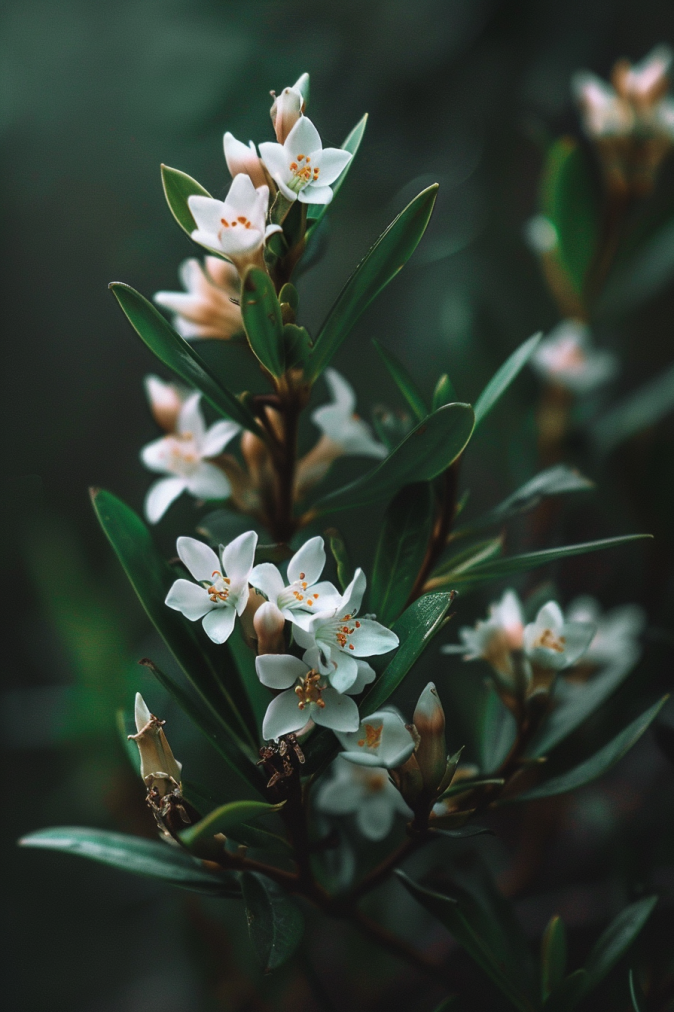
Maintaining Your Daphne
Need for minimal pruning
- Most daphne varieties bloom on old wood, highlighting the importance of minimal pruning.
- Focus on removing dead branches and shaping the plant with precision to preserve its overall health and form.
Specific techniques
- For select varieties like Daphne x burkwoodii ‘Carol Mackie,’ employ targeted pruning techniques.
- Specifically, trim away spent flower clusters to stimulate repeat blooming and extend the flowering period.
Pests and Diseases
While beautiful and fragrant, Daphnes can be susceptible to certain pests and diseases.
Thankfully, understanding these threats and taking preventative measures can help you keep your Daphne healthy and thriving.
Common pests
- Slugs and snails: These munch on leaves and flowers, especially during damp weather. Use traps, barriers, or organic slug pellets for control.
- Aphids: These tiny sap-sucking insects can weaken the plant and stunt growth. Use insecticidal soap or neem oil sprays for control.
- Vine weevils: Larvae feed on roots, causing wilting and stunting. Apply nematodes or diatomaceous earth as preventative measures.
- Spider mites: These tiny pests thrive in dry conditions and cause yellowing and stippling on leaves. Use insecticidal soap or neem oil sprays for control.
Fungal diseases
- Botrytis (gray mold): This causes fuzzy gray mold on stems, leaves, and flowers, especially in humid conditions. Improve ventilation and remove infected plant parts.
- Sclerotinia stem rot: This causes white cottony growth at the base of the stem, eventually leading to collapse. Remove infected plants and avoid overwatering.
- Early blight: This causes circular brown lesions on leaves and progresses to defoliation. Maintain good air circulation and use copper fungicide sprays if needed.
- Septoria leaf spot: Small, brown spots form on leaves and stems, potentially leading to defoliation. Use copper fungicide sprays if needed.
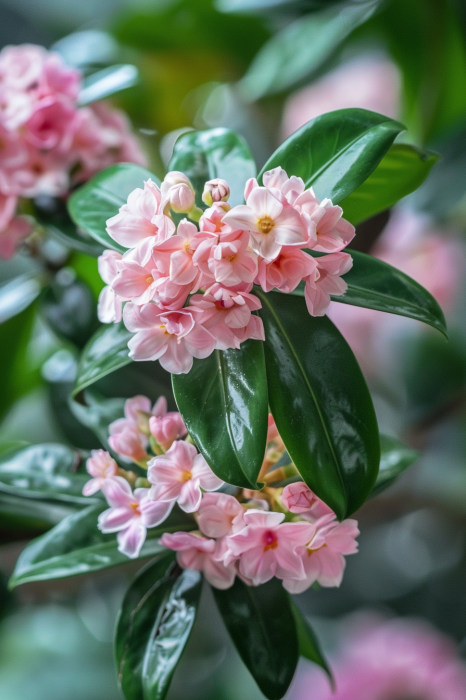
Conclusion
By adhering to these easy-to-follow instructions, you can cultivate magnificent daphnes in your garden effortlessly.
Through meticulous planning and consistent maintenance, you’ll enjoy the delightful rewards that come with nurturing these captivating shrubs.
- Read also: How To Grow Epiphyllum Cacti with Success
- Read also: How to Grow Quinces – A Guide to Successful Growth
FAQs
They can be finicky, but with proper care and attention, they can thrive. Understanding their specific needs is key.
Choose a sheltered location with well-drained soil, partial shade in warmer climates, and full sun in cooler regions.
Less is more! Avoid over-fertilizing as it can damage the plant. A light application of balanced fertilizer in early spring may suffice.
Water deeply and infrequently, allowing the soil to dry slightly between waterings. Avoid overwatering.
Minimal pruning is required. Remove dead or diseased branches and lightly shape them in late winter or early spring.

